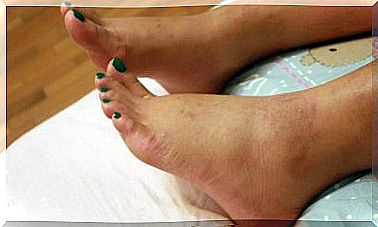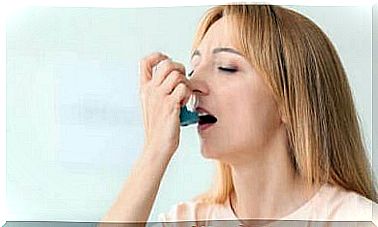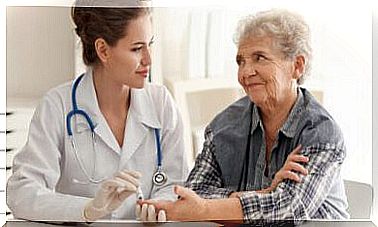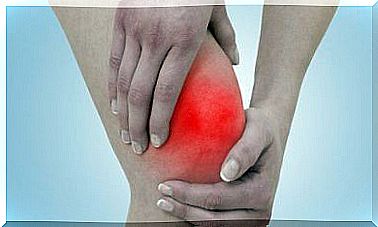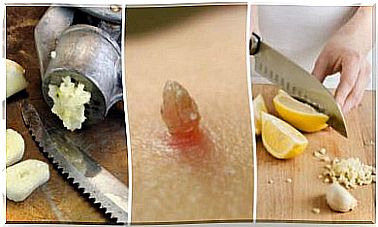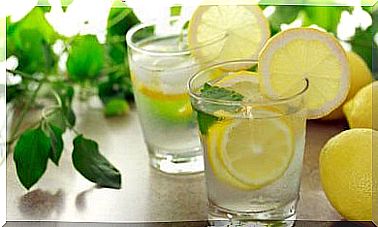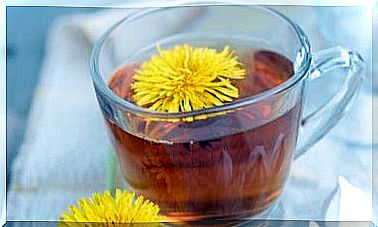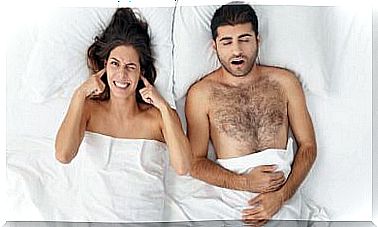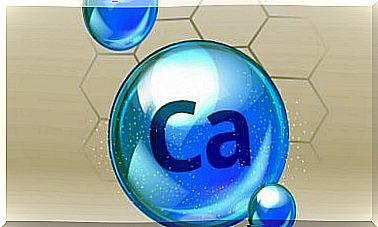Chills: What’s Behind This?
Chills is a common cold feeling that most of us are familiar with. It is often an accompanying symptom of an illness. Find out more about this topic today.
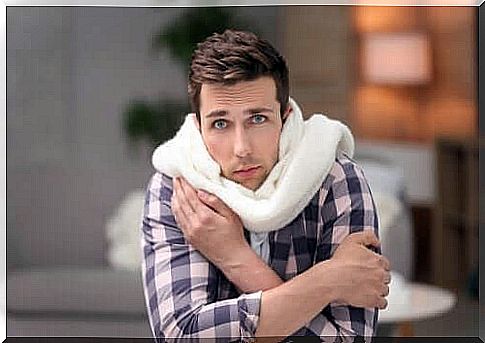
Chills is a feeling of coldness that causes the body to shake uncontrollably to warm up. The shaking and trembling of the body is involuntary, we have no control over it ourselves. In some cases it is accompanied by “goose bumps”, which means that the hair straightens up, which is medically known as a piloerection.
The tremor is caused by the rapid contraction and relaxation of the muscles that occurs from the head to the feet. It is a mechanism that occurs in response to various stimuli.
Chills usually develop when the body feels cold or as a concomitant symptom of a fever. In both cases it fulfills the task of regulating the internal body temperature.
Various systems and mechanisms are available to the human organism to maintain the internal body temperature, which should always be constant. The hypothalamus, a brain structure, regulates these systems.
So the hypothalamus gives various commands to guarantee the correct body temperature. Some examples of this are:
- Increase lung ventilation to reduce heat and improve oxygen circulation.
- Sweating to prevent excessive heat from the excreted fluid by regulating the heat balance through the evaporation cold.
- Chills to generate warmth.
While chills are sometimes accompanied by goosebumps, they are two different things. In the case of goose bumps, the body hairs straighten up in order to protect the body from cooling down with the resulting warming air cushion. That’s why goosebumps often develop in the cold, but it doesn’t necessarily have to be related to chills.
We then take a closer look at possible causes of chills.
1. Chills with a fever
Fever has various causes, but usually the accompanying symptom of chills also occurs at the same time. Children and the elderly are more likely to be affected. A shivering fever can result from infection, for example.
Some protocols provide different treatments for febrile chills, but most of them are not used. Usually, pharmacological therapy is resorted to only in extreme cases. Calcium salts and morphine sulfate can then be used.
Feverish chills are a symptom that occurs as part of a clinical picture. It is therefore important to see a doctor who can find out the causes and make an appropriate diagnosis. After that, the doctor will treat the underlying disease.
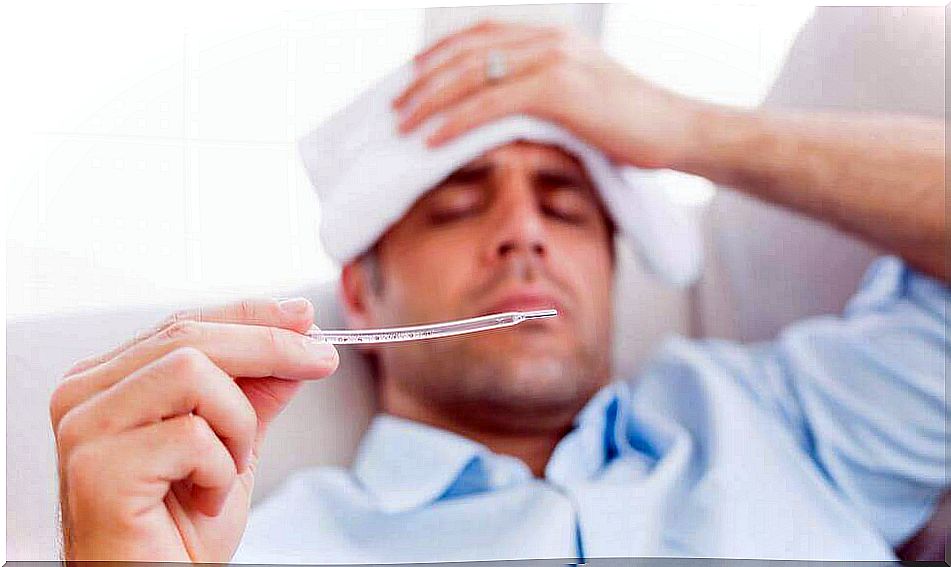
2. Cold
Even in a very cold environment, the body can try to regulate the body temperature by shivering. This mechanism is also controlled by the hypothalamus, as we explained earlier.
Every person reacts differently to cold, which is particularly related to the percentage of body fat. People who are low in body fat are usually more likely to have shivers.
3. Chills in children
Children are more likely to experience chills than adults. Not only because they are more likely to have fevers, which are more common in infants and children, they can also suffer from spontaneous shivering.
Spontaneous chills in childhood are related to feelings of anxiety and can also occur when you are hungry or need to defecate. It is a completely normal body reaction that does not require medical treatment.
4. Infections
Infections often lead to chills when a fever occurs. Due to the increased body temperature, which arises in order to fight causative pathogens, the body reacts with shivering cold to protect the organs from the heat.
A fever is necessary in the event of an infection, but at the same time forces the body to compensate for the resulting heat with chills. The shivering does not require any specific treatment, but the doctor treats the causative infection.
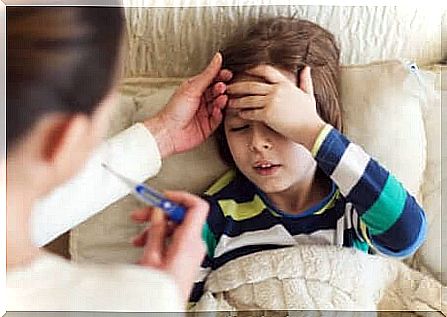
5. Chills in hypoglycemia
Hypoglycemia is an abnormally low blood sugar level. This is often accompanied by the typical shivering cold and can also lead to unconsciousness, dizziness or cold sweats.
6. Changes in the prostate and menopause
With increasing age, the human body changes and there are complaints or symptoms that were less common before. This includes chills. In men over the age of 60, the prostate often enlarges, which can lead to problems with urination. As a result, people often suffer from chills when they try to urinate.
In women, menopause can be more likely to cause shivering. In this case, this is accompanied by hot flashes as the body tries to regulate the internal temperature.
Final remark
As you can see, chills usually don’t need specific treatment. However, if a fever does occur, it is important to get a medical exam to find out the specific causes. An infection can manifest itself as shivering. The doctor decides in each case whether treatment is necessary or not.
